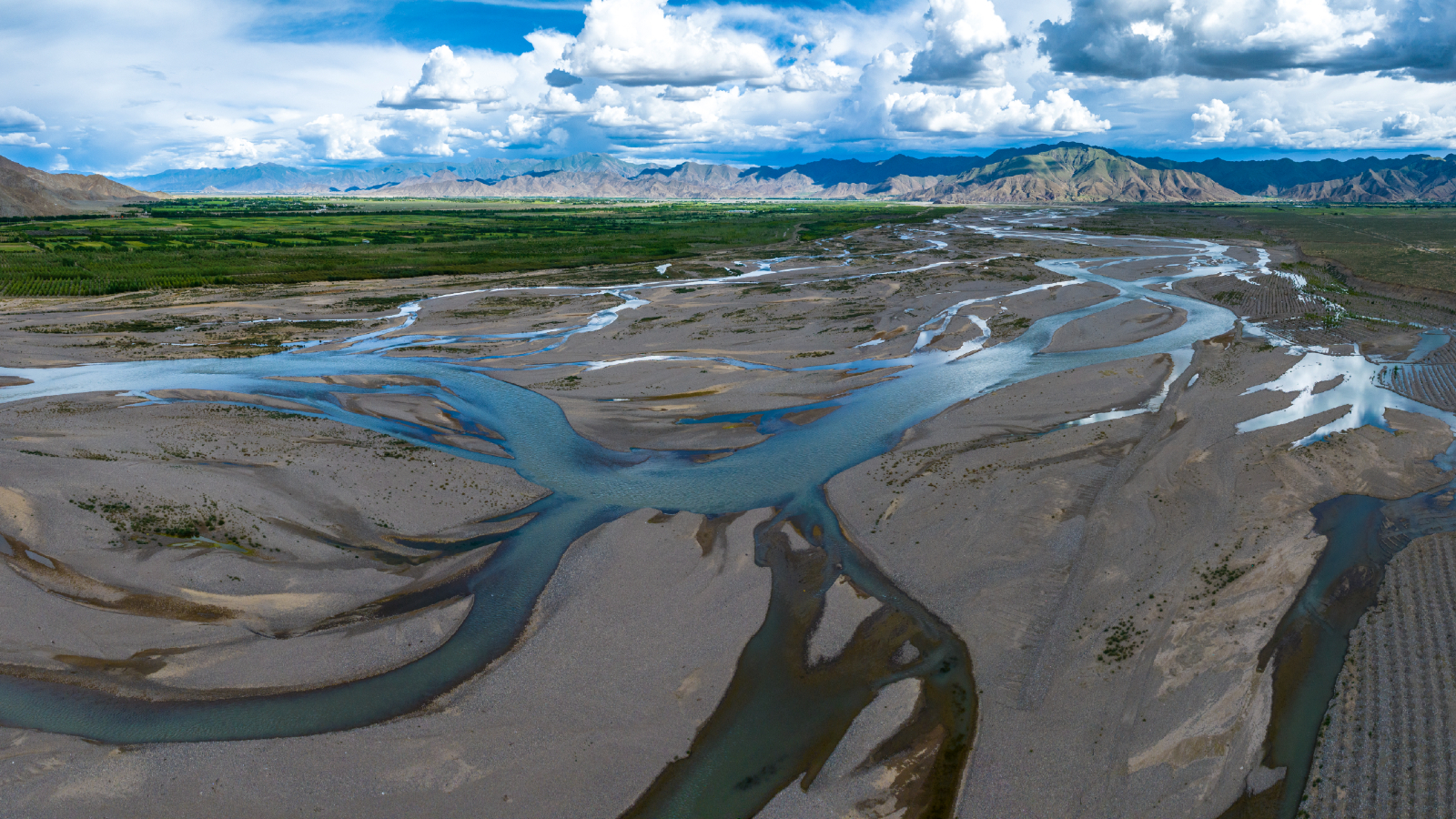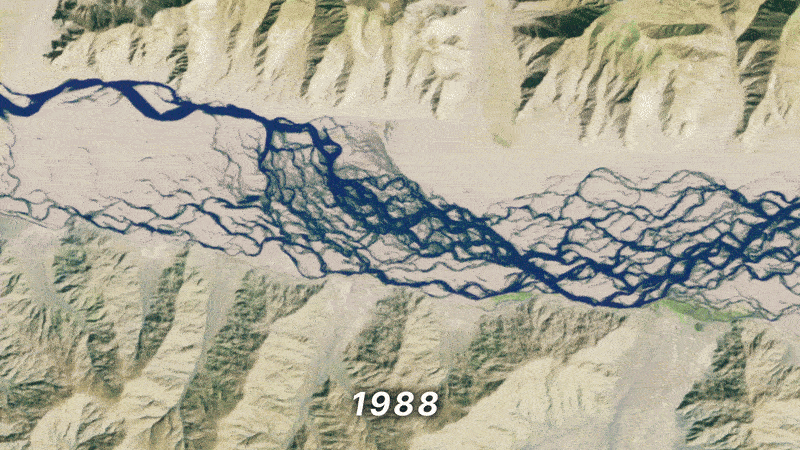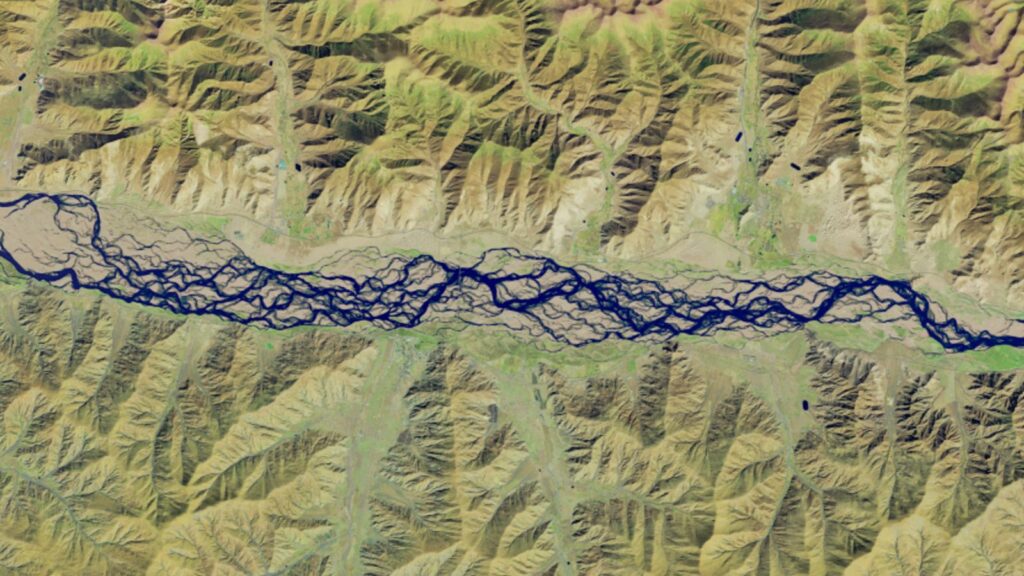simple facts
Where is it? Yarlungzangbo River, Tibet Autonomous Region, China [29.2814054, 91.3256581]
What is in the photo? The branches of the river winding through the Tibetan Plateau are woven together.
Which satellite took the photo?Landsat 9
When was it taken? February 8, 2025
This impressive satellite photo shows a particularly intricate section of China’s record-breaking “braided river,” which changes shape significantly every year and could become even more unstable in coming decades due to climate change.
The part of the river photographed is located in Dhanan County, just before passing through the world’s deepest land canyon and the eponymous Yarlung Tsangpo Grand Canyon. The canyon is more than 6,000 meters (20,000 feet) deep, or three times as deep as Arizona’s Grand Canyon.
you may like
According to the National Park Service, the Yarlung Zangbo River is a classic example of a webbed river, a channel with “multiple threads of waterways that diverge and merge to form a distinctive web pattern,” with a sandbar in the middle of the channel that “continuously forms, consumes, and reshapes.”
This section is where the most braiding occurs anywhere along the river, with up to 20 channels crossing at a given point in the image.
Related: See all the best images of Earth from space

Yalan Zangbo’s extreme braiding is caused by heavy sediment from the steep slopes of the adjacent Himalayas, which flows into the river and helps carve new channels in the ground, Zoltan Sylvester, a geologist at the University of Texas at Austin, told the Earth Observatory. He added that because rivers change shape frequently, vegetation cannot fully grow on the sandbars that appear sporadically between river braids.
See for yourself how the river’s shape changes rapidly in this 37-year time-lapse animation. This animation shows annual satellite images of this location taken by Landsat 5, Landsat 8, and Landsat 9 between 1988 and 2025 (see below).
Eagle-eyed viewers may also notice a narrow bridge built over the shape-shifting waterway in 2014 (visible as a thin line near the right edge of the animation).

The river originates from the Ansi glacier and emerges from a stream of meltwater flowing from the ice mass. However, this was only officially confirmed in 2011, according to Chinese state media. Prior to this, there was confusion among scientists as to whether the river actually originated from a flow of snowmelt coming from the nearby Chemayundun Glacier.
Like many other Himalayan ice masses, Ansi Glacier has lost significant amounts of water in recent decades due to anthropogenic climate change. The resulting meltwater deposits more sediment into rivers, increasing erosion and increasing the likelihood of levee failures. This poses a risk to the stability of local ecosystems, infrastructure and landscapes, according to a 2024 study that analyzed satellite images of 13 major rivers on the Tibetan Plateau.
The Earth Observatory says the river will eventually reach India, where it will become part of the Brahmaputra and continue for another 1,800 miles (2,900 kilometers) until it reaches the Ganges Delta, where it empties into the Indian Ocean.
Source link

